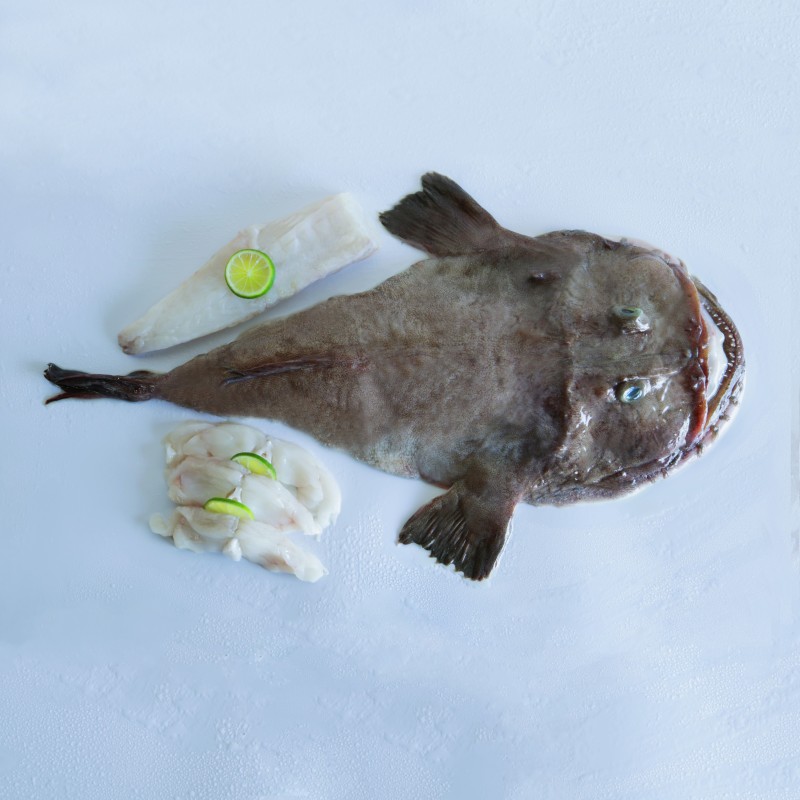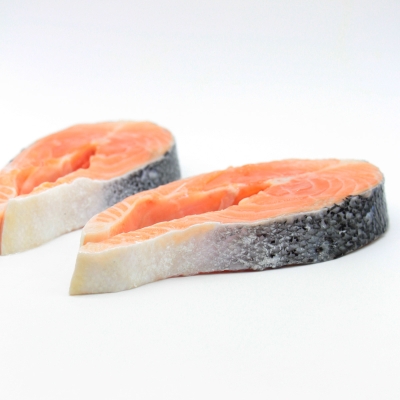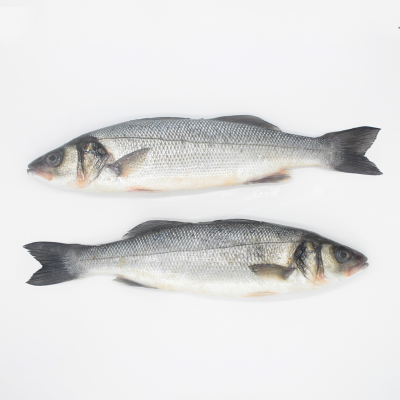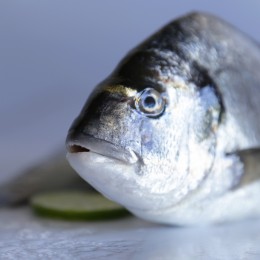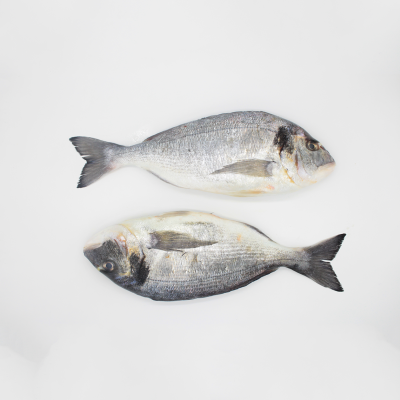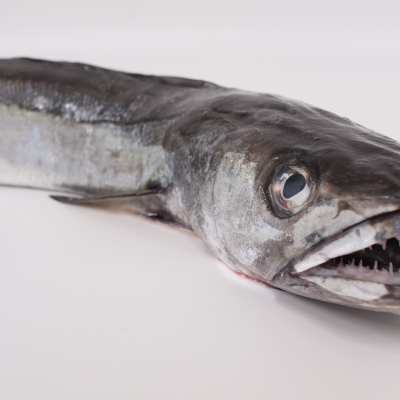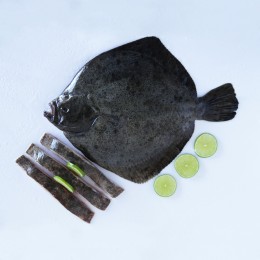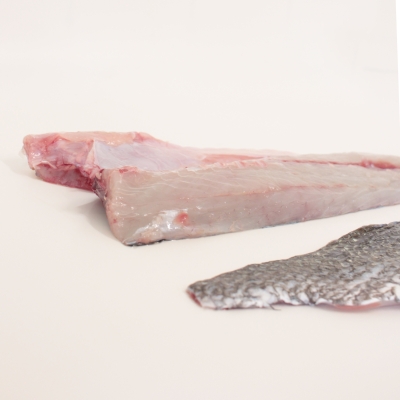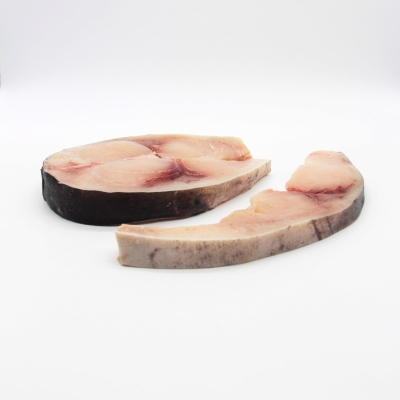The Black-bellied Monkfish (Lophius budegasa) is an inhabitant of the seabed along the European coasts. It feeds on crustaceans and fish, which makes its meat one of the most prized of its species.
White fish with a large, broad, flattened head and a cone-shaped body. The mouth, provided with abundant teeth, is enormous, almost as wide as the head. The lips are fleshy and the lower jaw protrudes in front of the upper jaw. It has no scales, and its colouring is variable, ranging from dark red to grey. Its ventral area is whitish.
Black-bellied Monkfish contains different vitamins, mainly from the B group (B1, B3, B9 or folic acid), and minerals (iron, phosphorus, magnesium and potassium). It is an ideal fish for low-calorie and low-fat diets.
The best known species of monkfish are the common monkfish (also called white or julienne) and the Black-bellied Monkfish. The latter is the most sought-after, due to the quality of its meat (it does not shrink when cooked) and the larger size of its tail compared to other species. The tail of the Black-bellied Monkfish accounts for approximately half of its weight, the other half being the head.
The flesh is excellent, firm and free of annoying bones. The head can be used to make fish stock, and the tail can be prepared in many ways, especially in any recipe that calls for a fish with firm, tasty, boneless flesh. It can also be prepared in batter, in seafood suquet, in salpicón with other seafood, for fish and seafood brochettes, or simply cooked with mayonnaise or seafood sauce.
Name: Black anglerfish (Lophius budegassa)
FAO 3-alpha code: ANK
Catch or farming area: FAO-27
Sub-area: To be specified at time of delivery
Method of production: Capture
Fishing gear: Trawls
Store between: 0-4°C
IMPORTANT: The net quantity and expiry date of the product shall be specified at the time of delivery.
